My long-awaited, silver-bodied X-T4 has finally arrived to join me in lockdown. What a smasher! The new body X-T4 becomes my lead camera with the trusty X-T2 staying in close support. As part of the deal, I have had to say farewell to my X-T20 in order to generate some cash. Hello and goodbye!
I should emphasise that this is not a comprehensive review of the X-T4 but is rather a personal statement about features of the camera which attract or interest me for my style of photography, if there is such a thing.
Although all the photos in this article, apart from the product images, of course, have been taken by me with the X-T4, they are not meant to illustrate the full range of the camera’s capabilities. If I could do that I would be a much better photographer. In fact, the images are a result of taking the new camera out on a dog walk, my daily exercise.
Click images to enlarge and view sequence in lightbox
It’s worth noting that the X-T4 shares the same 26MP sensor (and X-Processor 4) as the X-T3. But, of course, it is an upgrade from the 24 MP (and X-Processor 3) of my X-T 2, although I do not expect the modest increase in MP to make a major difference in practice.
Stabilisation
A headline feature of the – T4 for me is the arrival of five-axis In Body Image Stabilisation (IBIS) with up to 6.5EV correction – best in class. This feature works in conjunction with Optical Image Stabilisation (OIS) in Fuji lenses which have it or, on its own, for Fuji lenses which do not.
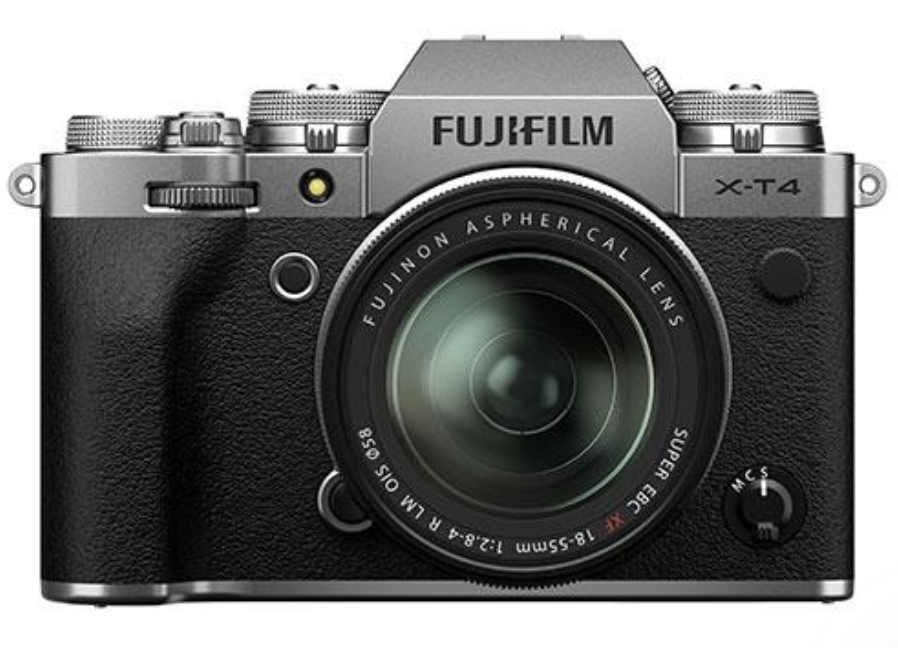
For me, this is a really valuable feature, offering much-improved stabilisation and ability to use shutter speeds in light conditions that would be tricky or impossible without it. I must also admit that my ability to hold a camera absolutely still without any support is not improving. The incorporation of IBIS has meant that the X-T4 is a little bigger than the previous X-T3 and X-T2. However, on the plus side, this has enabled the provision of bigger grips for improved handling.
Battery power
Mirrorless cameras with EVFs are heavy drainers of batteries and Fuji cameras are no exception. I have become used to going out with one or more spare, charged batteries in my pocket and have often longed for bigger capacity Fuji batteries. For instance, my X-T2 batteries expire after around 300 to 350 shots.
In answer to my prayers, then, the X-T4 arrives with a new, larger battery rated at 500 shots per charge, or up to 600 shots in economy mode. Hallelujah! This new battery is the second reason why the X-T4 is a little larger than its predecessors but this larger battery is one big deal for me.
Another feature of the X-T4 I like is the ability to charge the battery in-camera via USB-C. This is of course not unique to Fujifilm but is new to me.
Shutter
The X-T4 comes with an entirely new shutter mechanism with improved damping and rated to last 300,000 cycles – double the rating of the X-T3 and X-T2. While I shall probably not notice this improvement in practice, I certainly will use the 15-frames-per-second speed capability of the new mechanical shutter for wild-life and action photography.
As Jonas Rask writes, “this results in an ultra-fast focal-plane shutter that has the capability to shoot up to 15fps in burst mode, which Fujifilm claim is the world’s fastest mechanical shutter.”
By enabling the electronic shutter, this can be increased to 20 frames per second with no crop and 30 frames per second, albeit with 1.25x crop. The mechanical shutter operates up to 1/8000s and the electronic up to 1/32000s. I look forward to testing some of these capabilities in due course.
AF tracking
The X-T4 also offers an improved AF tracking ability in comparison with its predecessors. It takes colour and shape information into consideration as well as distance. As this was an area where my X-T2 was still behind the best competition, it will be good to see how much progress has been made. There are also improvements to face tracking and provision of a face selection option.
Video
I do very little video but have been meaning to do more. One reason for hesitation is that I like my camera to be set up exactly the way I like for stills shooting. Switching to video means making significant changes at high speed when you come across a street scene you’d like to video for instance. After the video, I would then have to reset my X-T2 back to stills shooting. Because the process is fussier than it need be, I have tended to avoid it. There is too much chance for flustering and missing both the video action and the unexpected perfect still opportunity – which the gods like to make available just when the camera is still in video settings.
All this changes with the X-T4 which now for the first time properly separates the still and video camera functions. There is a simple control lever underneath the shutter speed dial which has only two positions, still or movie. The clever part is that when you choose the movie option this takes you into an entirely separate movie menu area where all your settings are retained in between sessions.
Let me stress it. I mean all settings, comprising all movie-format settings, all image quality settings, AF/MF Custom settings, all audio settings, all time code settings as well as all user setup adjustments. Once set, you are ready to go and only have to make any control dial adjustments the scene demands.
This makes a big difference, not only to a video tyro like me but to an experienced videographer as well. Both will of course revel in what IBIS can do for video quality with 4K for 30 minutes duration. DPReview’s verdict on the X-T4’s video capability is that it “tops even the updated (Panasonic) G9 to the best-in-class title.” I am definitely going to be taking more video…
HDR
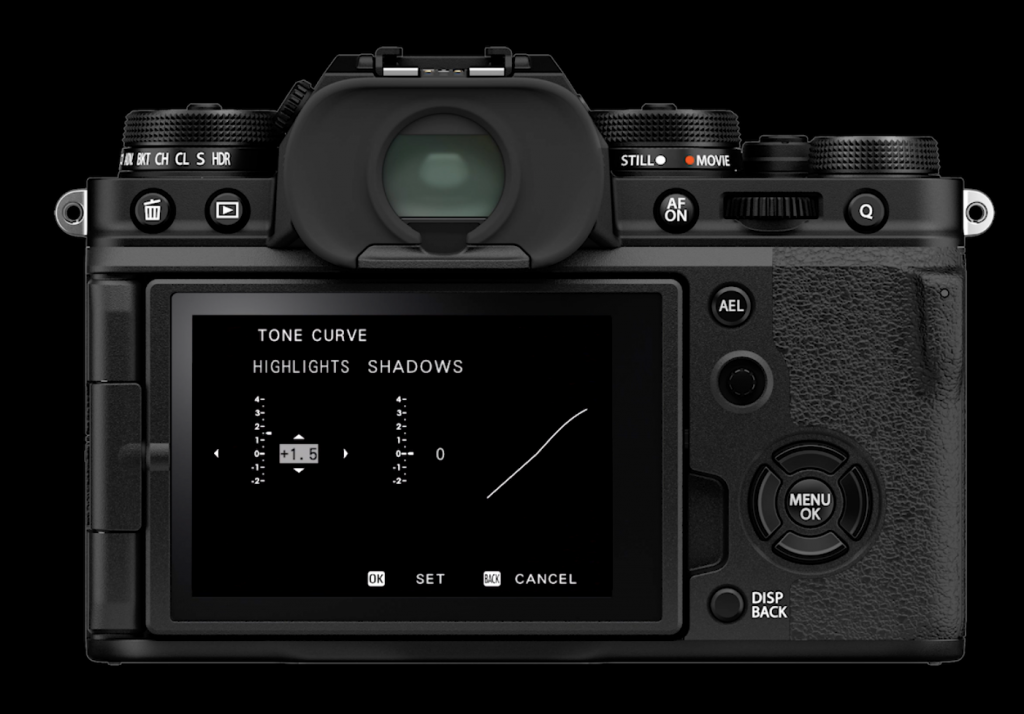
This is High Dynamic Range photography and does not involve any tone-mapping at all. I use this a lot in certain situations where there are extremes of dynamic range, often in sky-and-land contrasts.
Up to now, I have only owned cameras capable of exposure bracketing whereby you can take, for example, three shots at three different exposures, or more, and blend them in post into one image which captures a wider range of exposure than the sensor can handle. The X-T4 can do this as well but it also has the ability to take three exposures at different exposures and blend them in-camera, outputting a blended HDR jpeg of the three images and also a RAW of the original metered image. This will be useful for those shots of high dynamic range, whether landscape or cityscape images, where pressure is on to get a well-balanced image quickly. Initial trials suggest this feature works really well.
Pre-shot ES setting
This is a feature which is so useful. By enabling pre-setting, the camera locks on to the subject and begins to track at high speed when you press the shutter button halfway down. Keep the shutter button halfway down and the camera goes on recording to the buffer so that you always have twenty images in the store. When you press the shutter button all the way down, the camera then writes the latest twenty images to the memory card, followed by subsequent real-time images as you carry on shooting. At 15 frames per second, this also ensures your memory card isn’t overwhelmed by redundant frames. You also get to capture the entire sequence and avoid cursing that you were late with the shutter button. Of course, some phones have this capability but its great that now the X-T4 has it as well.
LCD screen
The three-inch, 1.62-million-dot fully articulated touch screen monitor is very capable but it is something I will not use all the time. If folds away to protect the screen and is there for when needed. It has four function button ‘swipes’ built into its touchscreen, a nice touch. The reviewer consensus appears to be that the screen is great news for video makers but much less so for stills shooters.
Function buttons
The X-T4 has fourteen function buttons which are a great aid in having those functions you use frequently easy to hand. To be honest, I don’t need that many but the crux of the matter is that I know where the critical ones are. For me, the main one is the button on the front of the camera to which I assign the AF function once I have disconnected focus from the shutter button. This enables “front button focus” which, in my opinion, is far superior to “back button focus”. I use my fore-finger on the shutter button like everyone else but use my third finger (otherwise unused) for the front button focus duty. It works really well and I can recommend it.
Form and function
You may well be fed up by my constant enthusiasm for the Fujifilm X-Ts. Well, I shall say it again. The X-T 4 is very good to look at in a retro kind of way and it improves on what was already a handsome and well-performing range. Once set up, you have all the controls on the top plate of the camera: ISO, shutter speed, exposure compensation and, on the lens, the aperture ring. The complex becomes simple and I think there is nothing better than a proper dial to rotate in order to make your will manifest.
Even after just a couple of days of experience, I know I am going to enjoy the X-T4. It is a big step forward in the X-T concept and I can thoroughly recommend it to all Fuji photographers.

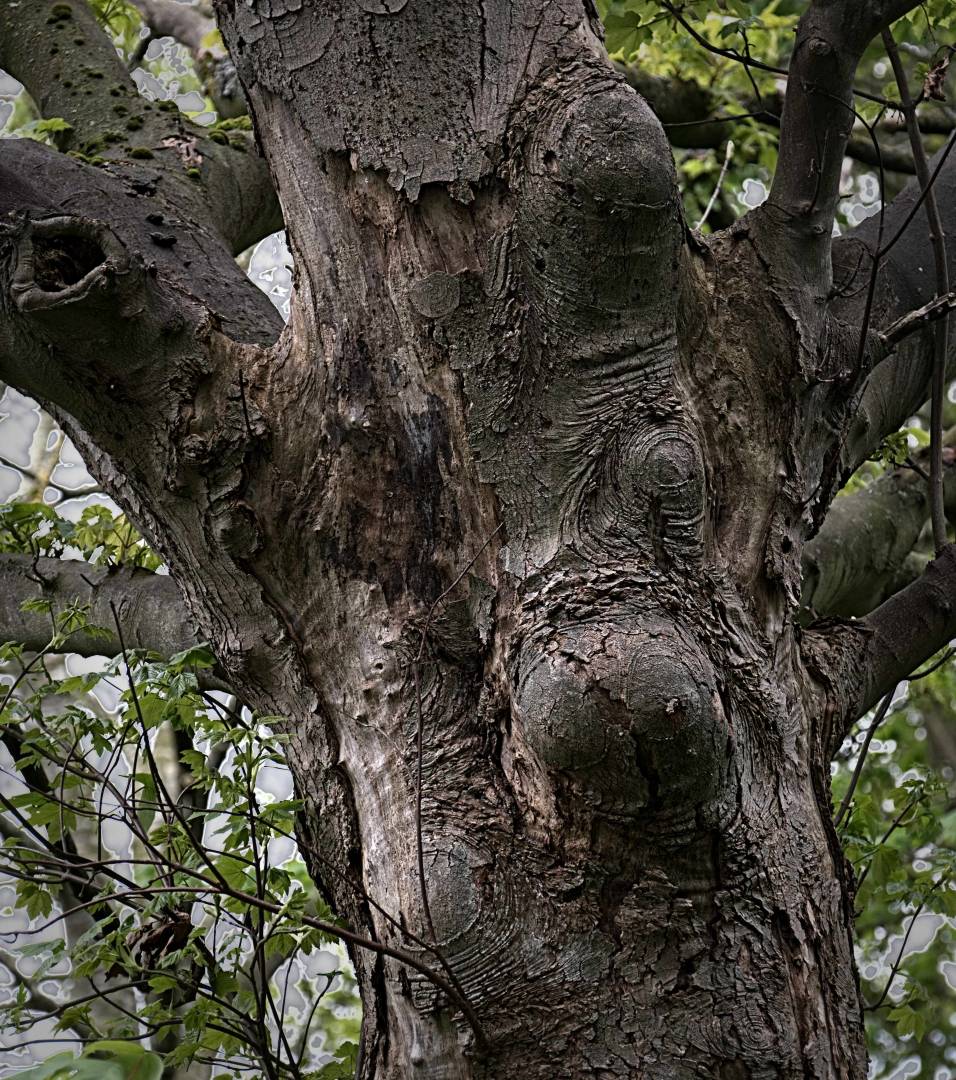
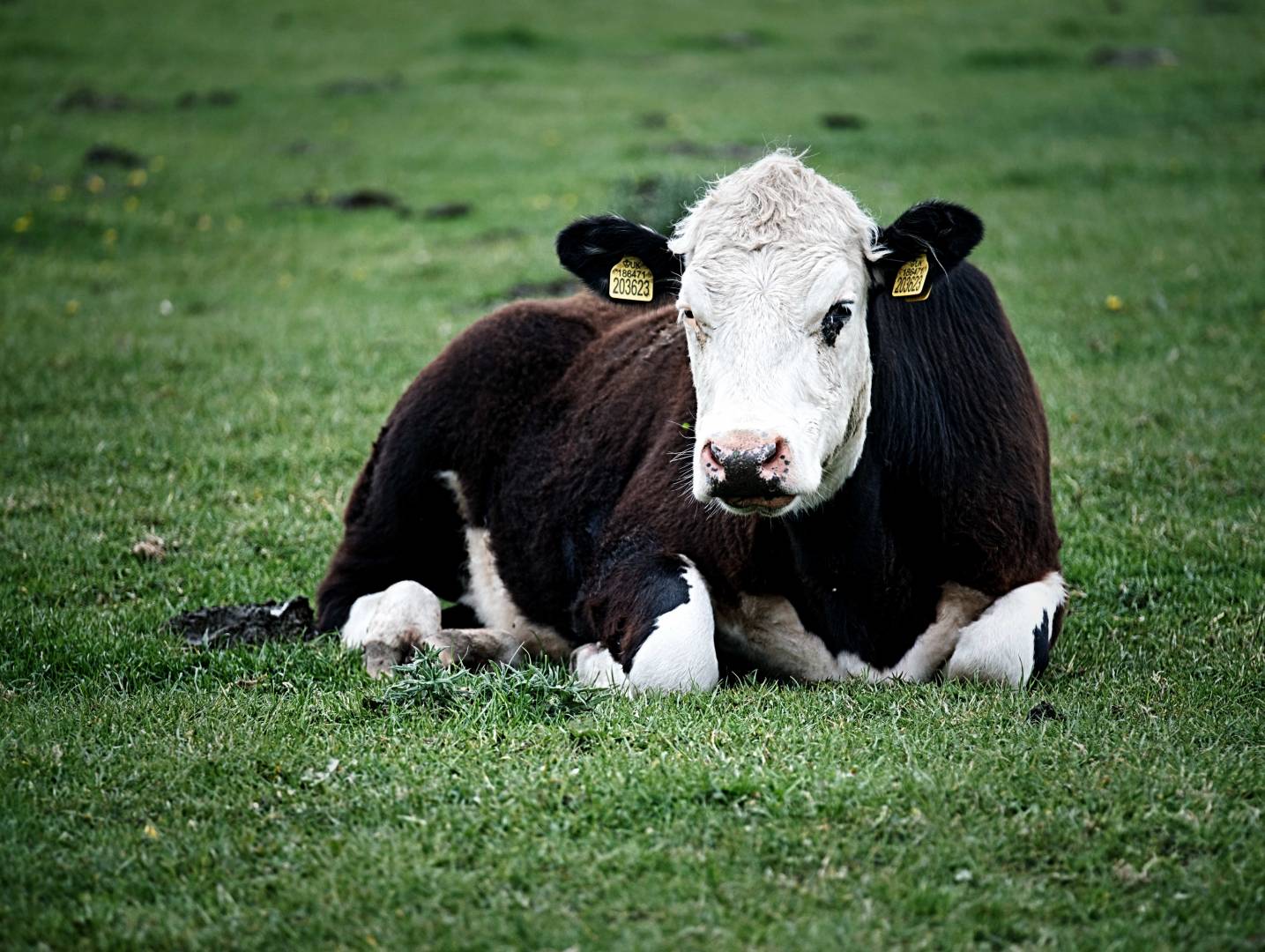
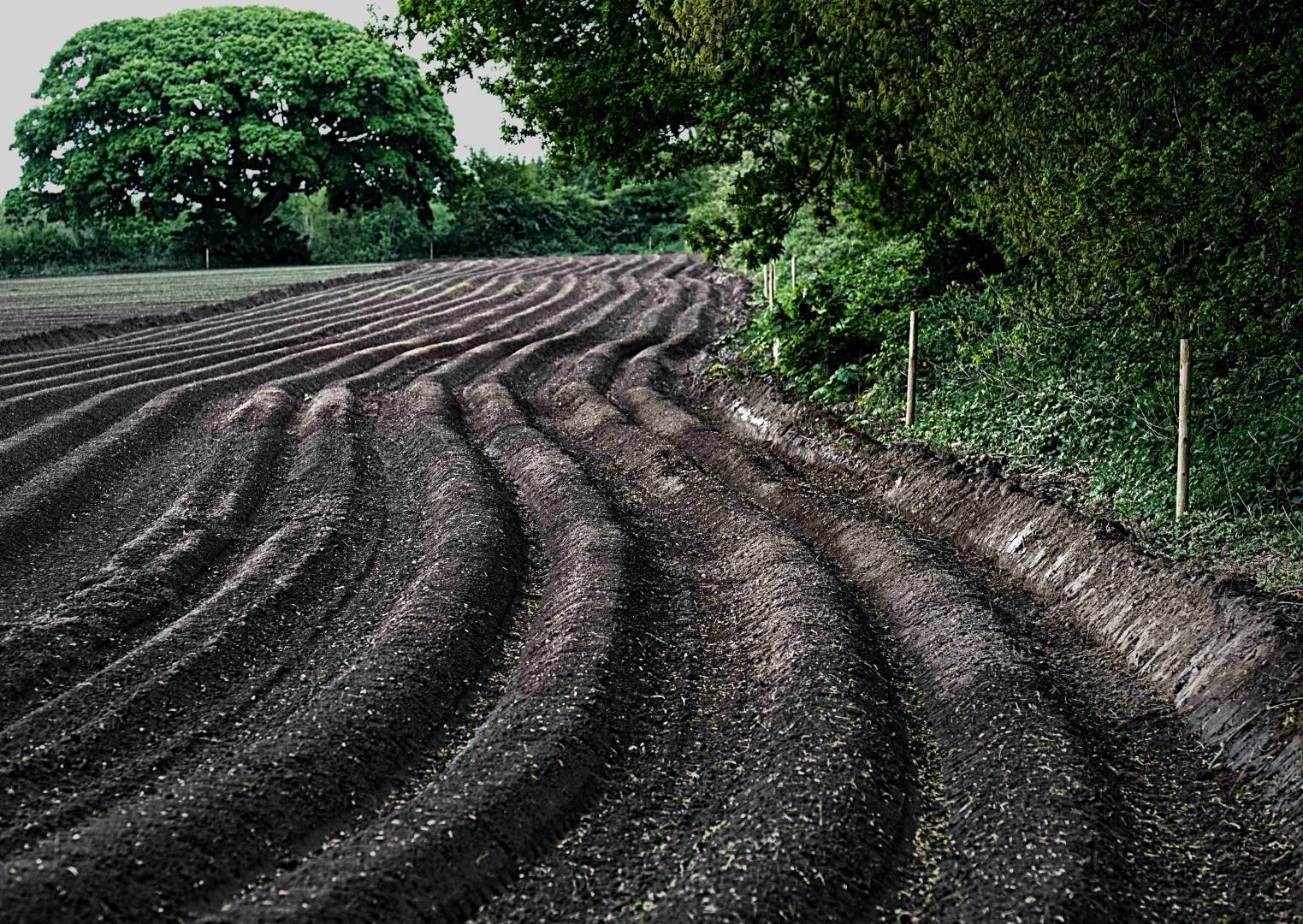
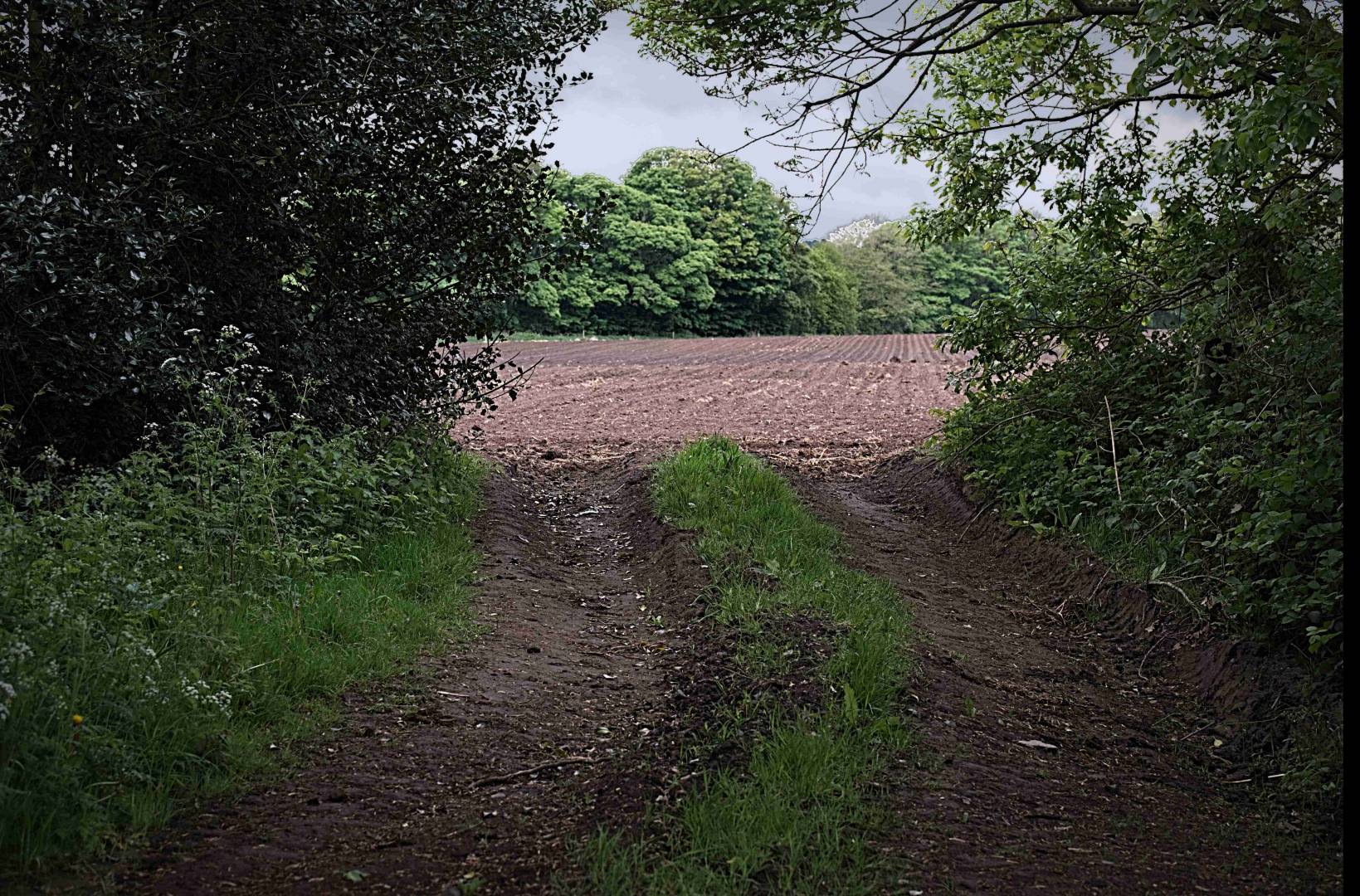
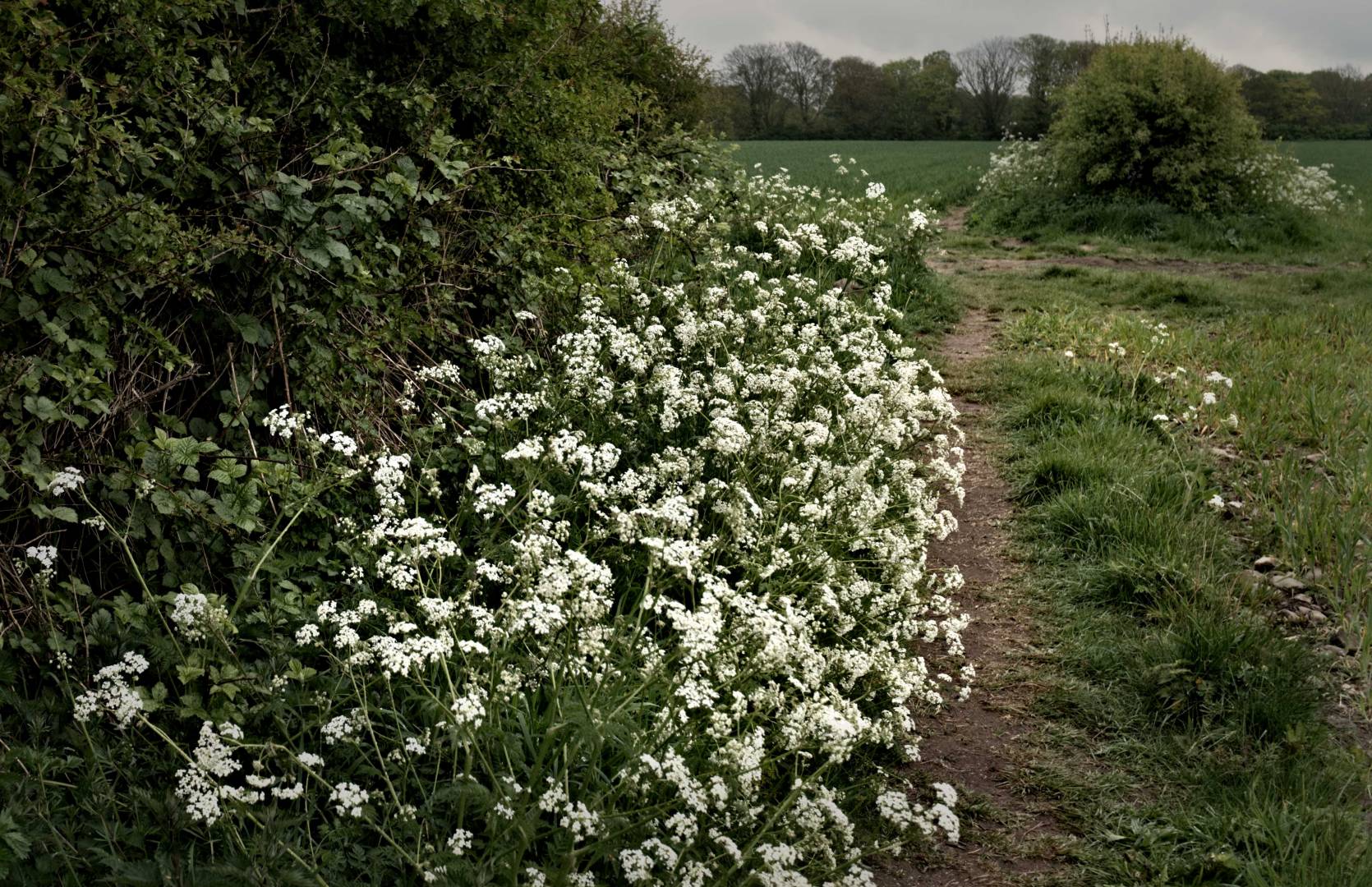
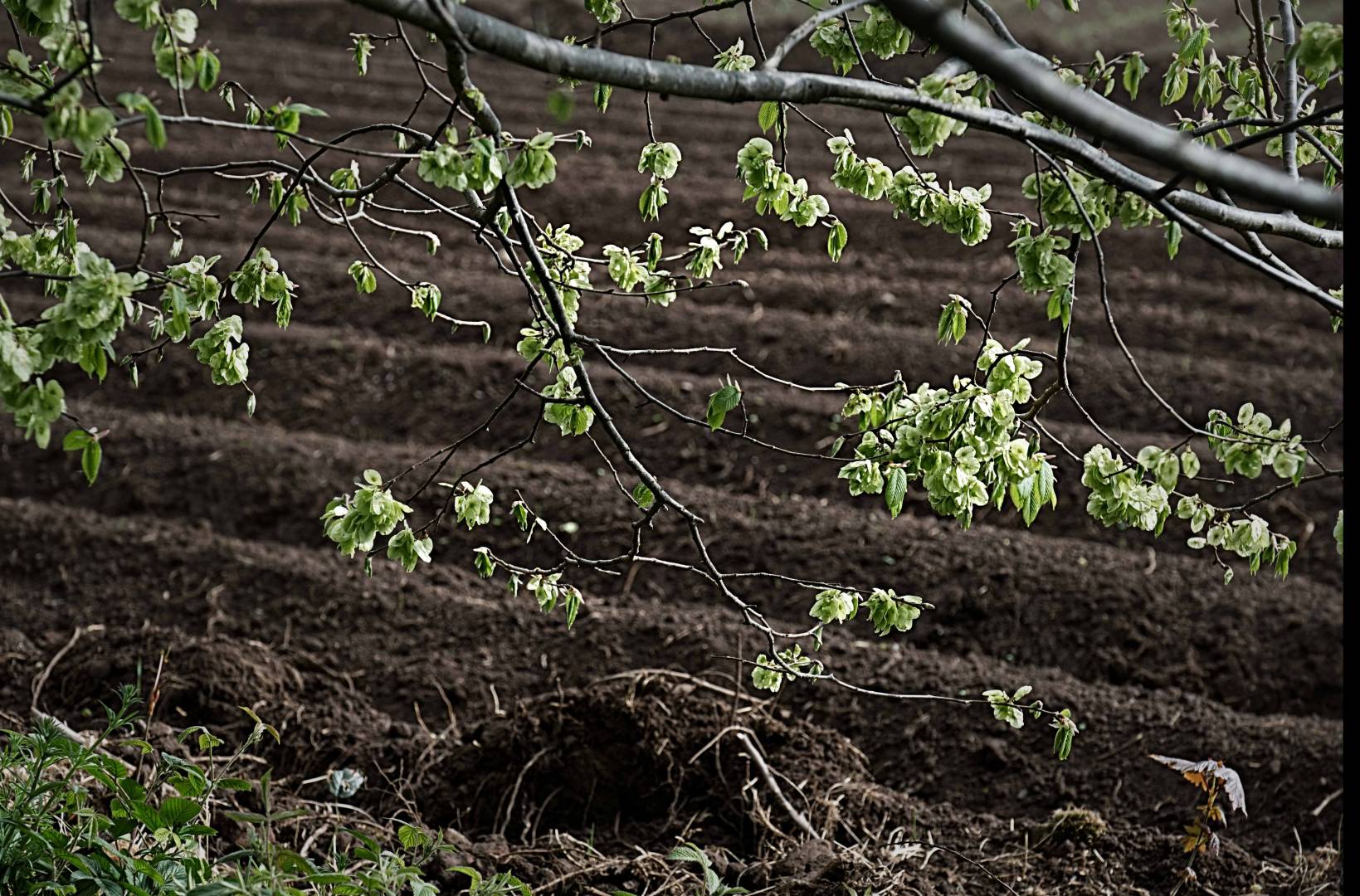
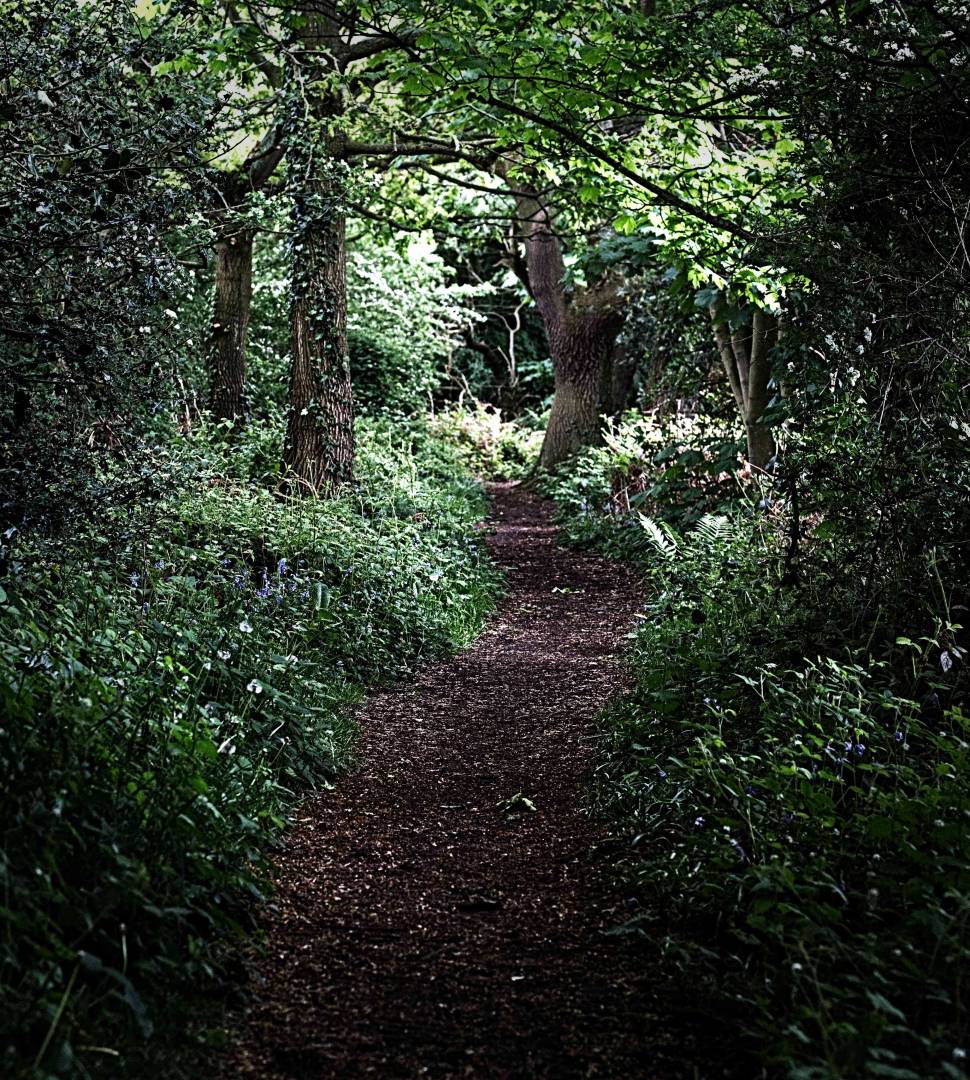
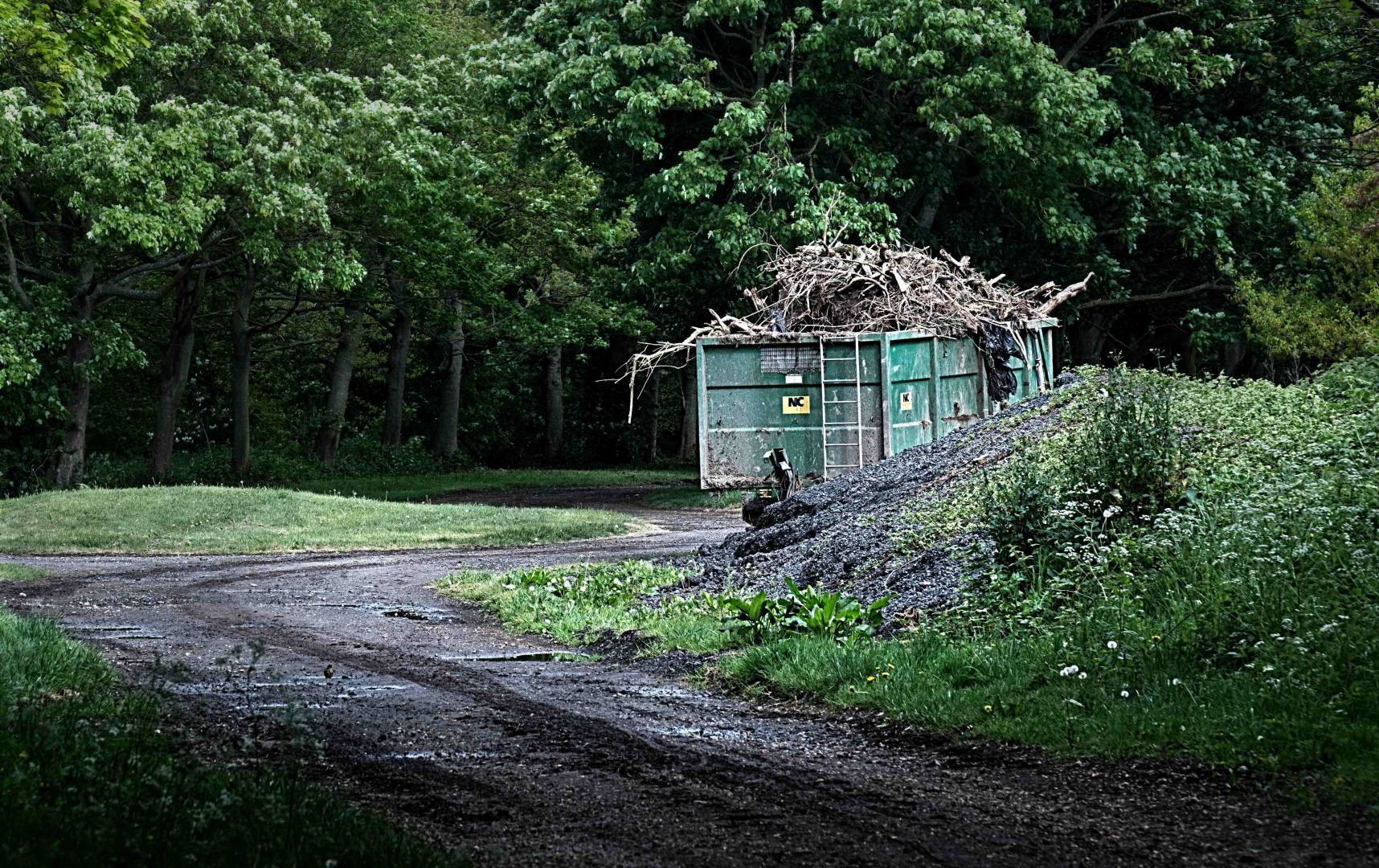
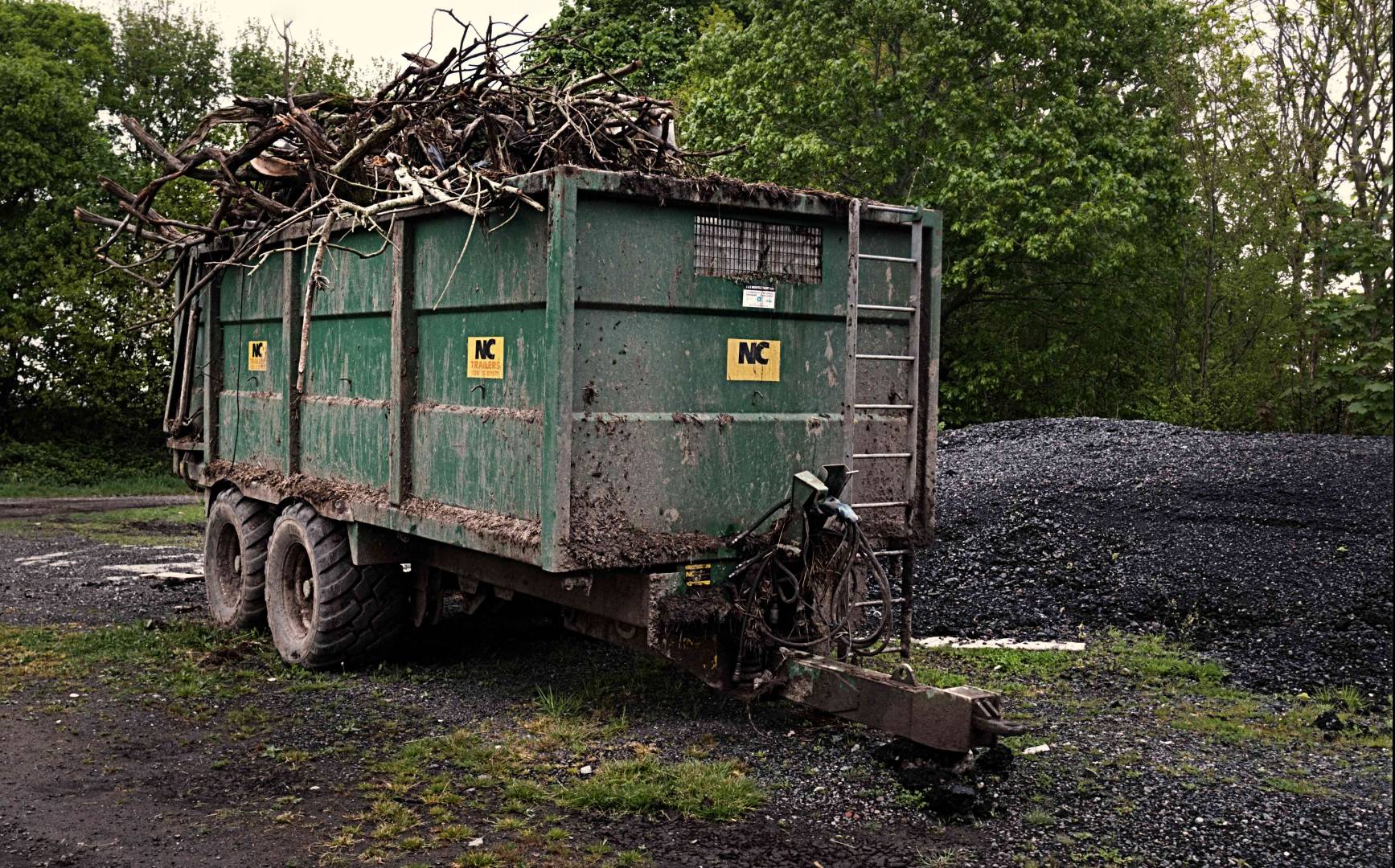
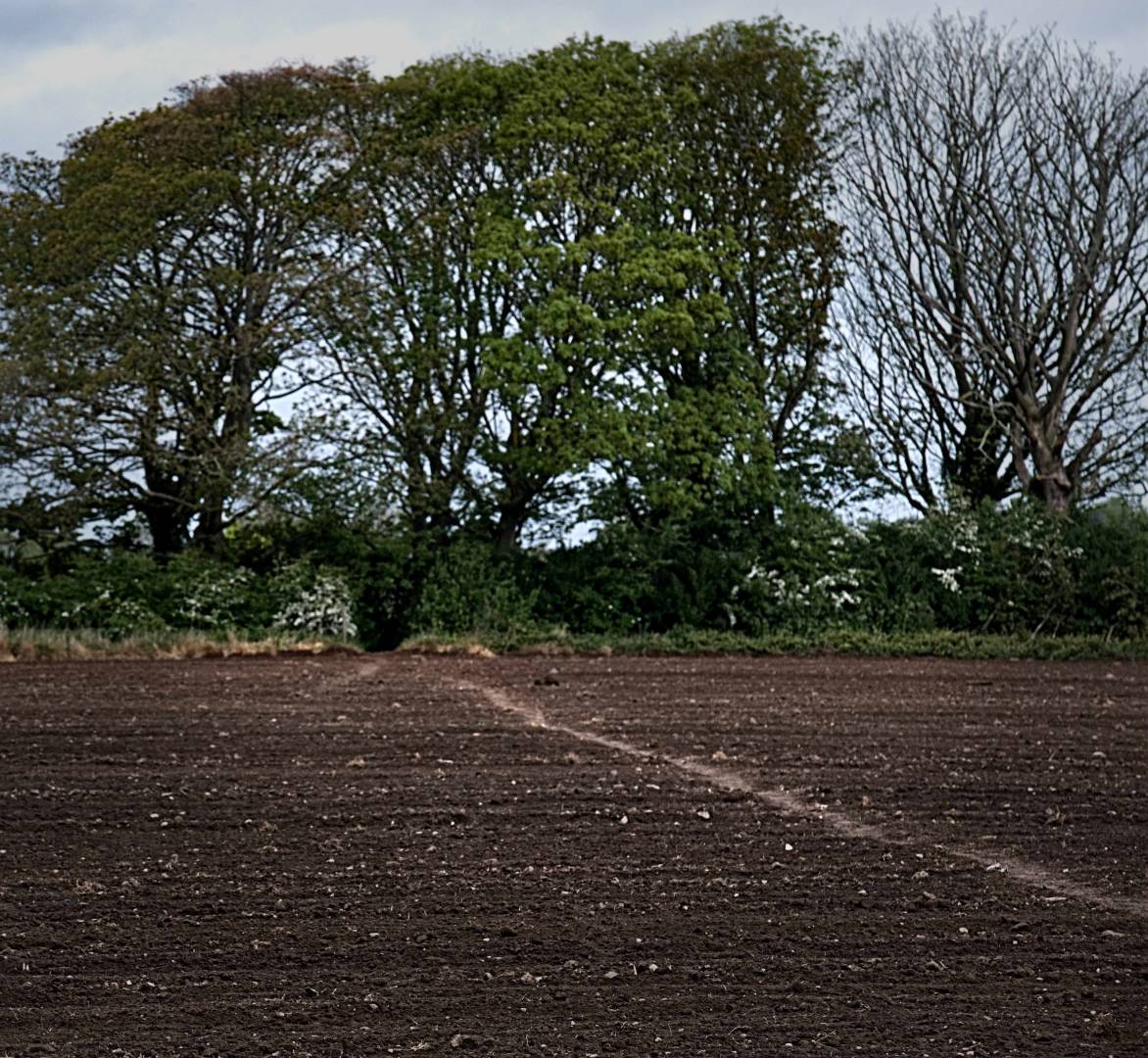
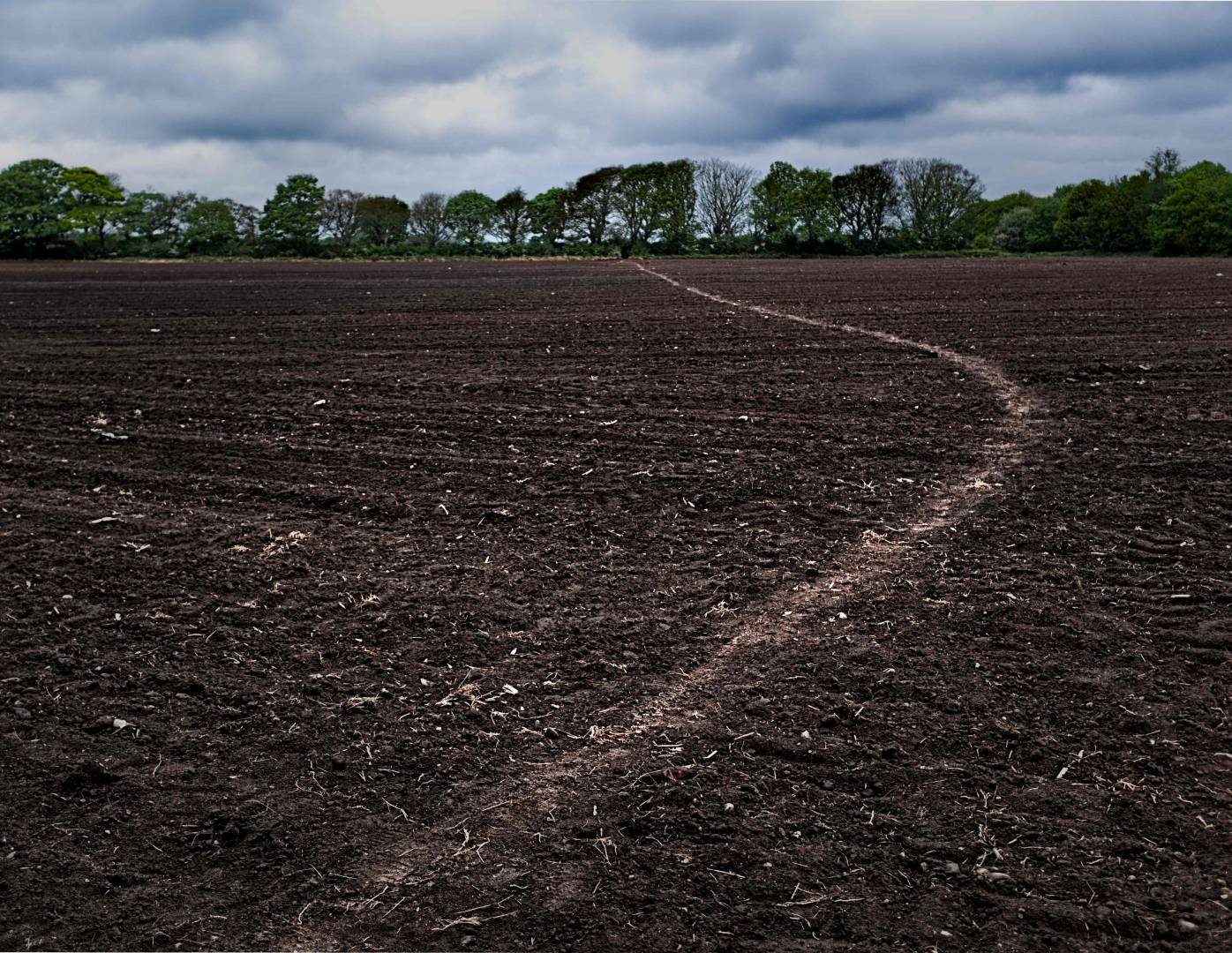
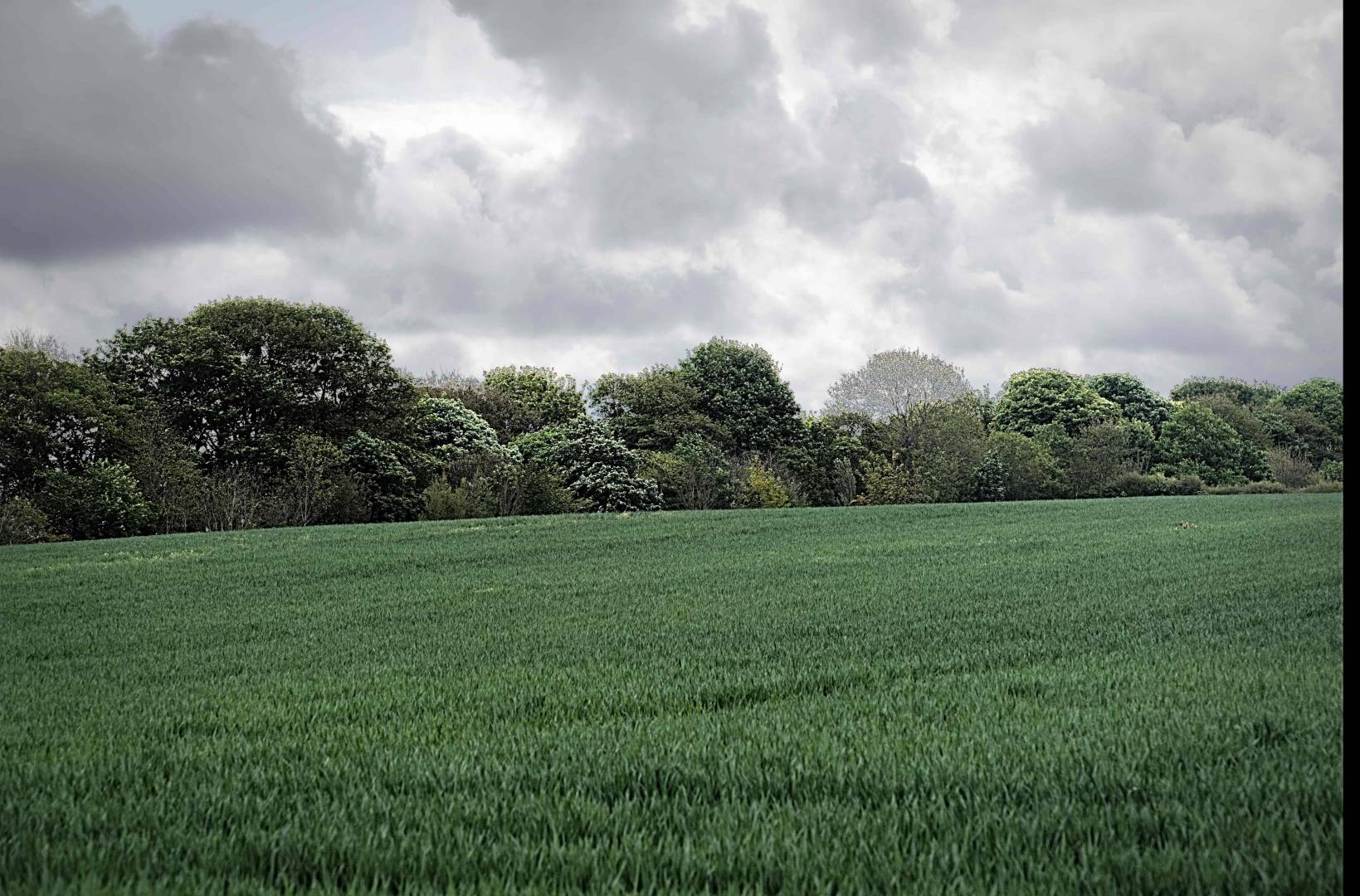
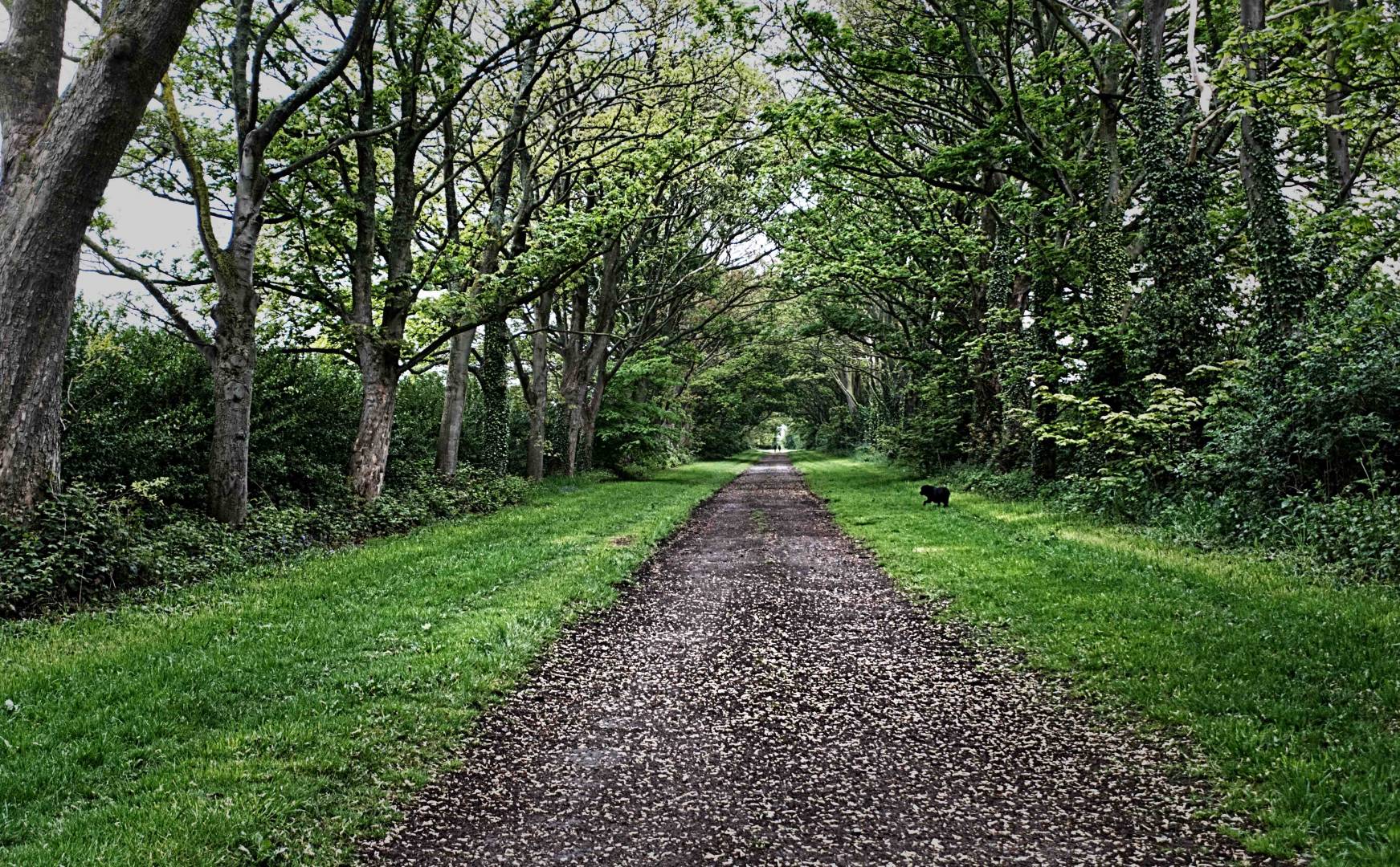
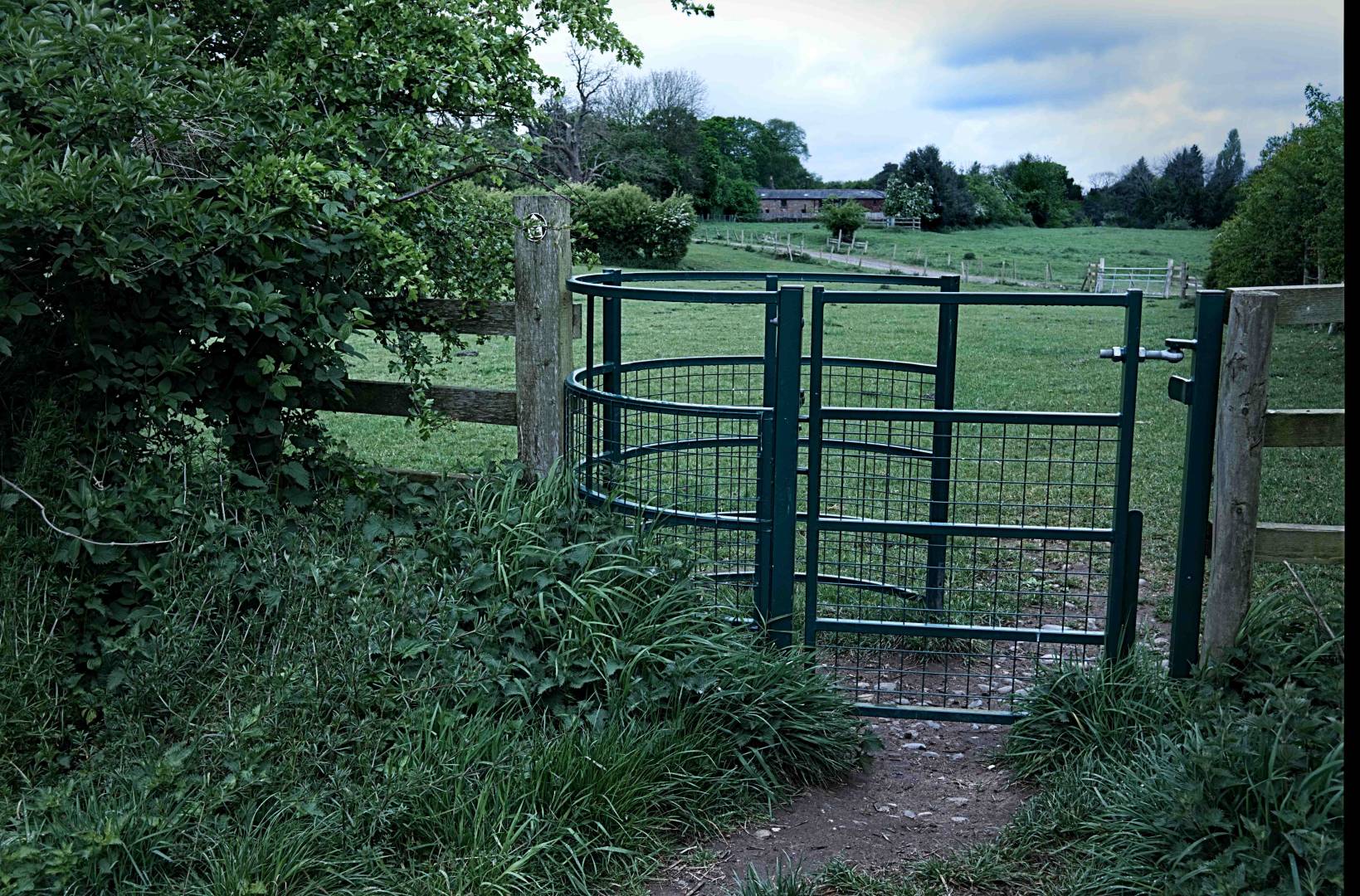
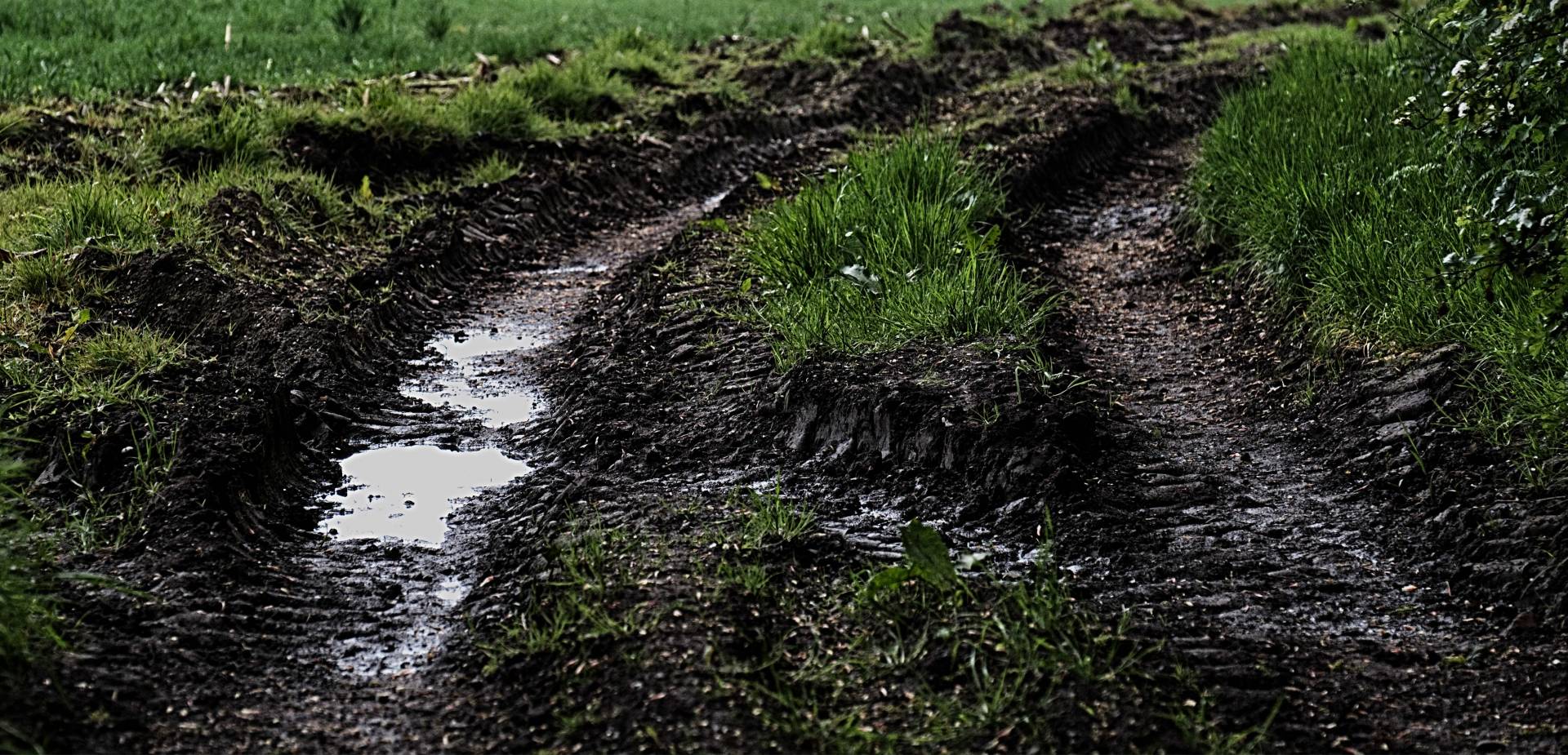
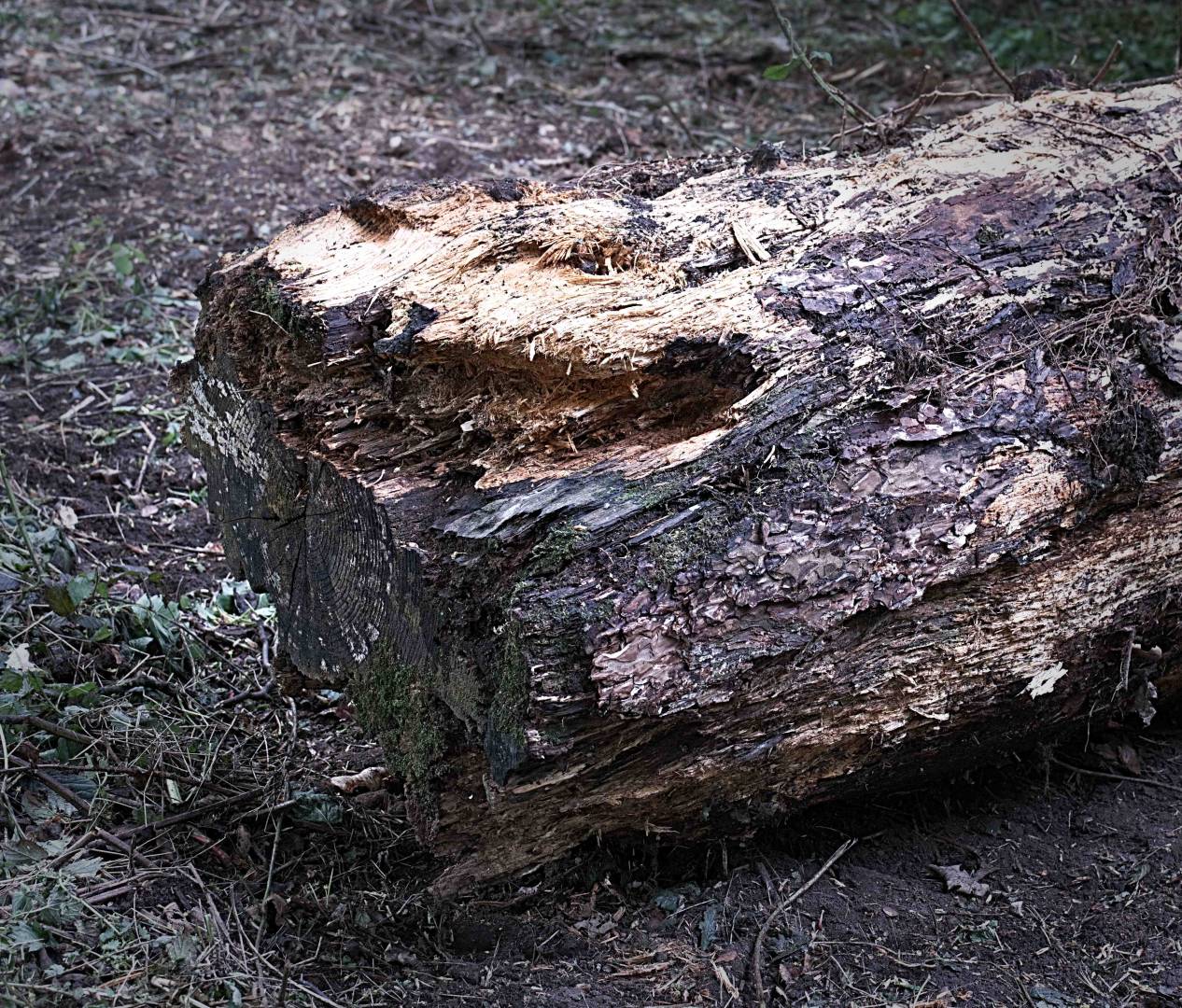
Thanks, Dave. I am now into setting up this X T4 just as I want it, particularly to exploit the Fuji film simulations . I shall still take RAW but also some jpegs and there are a couple of new simulations to try out. Never a dull moment!
This evening we shall be singing “We’ll Meet Again” at 9 pm at our front door along with neighbours, at their front doors of course!
“Keep smiling through…..!”
David.
Nice to see one of us fulfilling our GAS requirements during covid lockdown. I have yet to buy a fuji, nearly hit the button on an XPro 2 when I was searching for the Df, but just couldn’t bring myself to pull the trigger – I just wasn’t sure.
The images out of XT4 look very nice, and will be interested to see what you produce when it gets some real world us in terms of post covid and when we are all allowed out.
I’m a bit confused about HDR, the way you described it, and the way I understood it so far. Can you clarify it, please. My understanding was, that camera combines all 3 shots into one raw image. You stated, that it combines them into a jpg, but raw file is not a combination of 3, it’s a originally metered file. My hope was that raw file is a result of all 3 shots.
George,
The camera combines three shots into one jpeg file and the RAW file is the original metered shot NOT a combined RAW image. I have just double checked this is the case by trying it out again for myself.
Like you I had hoped for a combined jpeg and a combined RAW file. But unfortunately the situation is as I first described in the article.
For me the HDR jpeg is still a great way of getting a much more usable shot in a hurry than I might have managed without when dynamic range is very high. Will also use exposure bracketing as well.
Maybe Fuji can provide the combined RAW as a future software upgrade, who knows?
Thanks for taking your time to confirm it. I shoot raw all the time, and I was bracketing if I wanted to overcome some wide DR situation, so I will still need to do it that way, according to your finding.
Congratulations on the arrival your new toy, David.
And well done enthusiastically getting out there with it in these Covid isolated times.
It looks like an overcast day wasn’t your best friend, but the crisp definition and rendering of the images do show the true potential of that Fuji and it’s associated lens(es).
Thank you Wayne. I am quietly confident that the new camera will quickly become even more of a trusty friend than my XT2. I hope in future articles to demonstrate its capabilities more ably – that’s both a promise and a threat depending on your outlook!
All the best
Hi David, Thanks for sharing your impressions. I think the colors look a little flat and was wondering if you processed them or not. I rather like flat files for processing, just like the flat files of the M9Monochrom.
G’day,
Ken
Ken, thanks your comments. Yes the images were processed in Affinity Photo but at high speed as I wanted them to accompany this timely article on the X T4 while it had just come out. I should have taken more time and for my own satisfaction will revisit one or two of the better ones.
All the best,
David
Hi David, very ‘quiet’ but nice images of simple objects in nature. Having sold xt3, I’ve settled with an x100v and enjoying the leaf shutter with built in TTL flash. I still have the tiny 16/2.8 to use when I eventually give to the temptation of xt4. I think I’ll wait for a few more months, for now x100v should do me good.. I particularly like the clarity setting on these new cameras. I find +2 works well for me with astia and highlights turned down to -2.
Mahesh, how lovely is ‘quiet’ and what better than the ‘simple objects of nature?’ Under lockdown, my exercise walk with my dog offers no more, no less.
I envy you the X100V which tempted me hugely but its the wrong camera for me. Thank you for the tips on the clarity setting which I shall investigate, along with much more. Good to have the advice of a Fuji enthusiast.
Best wishes
Like Don above, I’m a Leica shooter who also has Fuji. My Leica kit is my primary, with a color (M 262) and black and white (M9 Monochrom) as well as a slew of mostly vintage lenses. For many years my Leica kit was supplemented by a Canon DSLR and glass, but late last year I switched it our for a Fuji X-Pro2 and haven’t looked back.
The X-Pro2 is great for travel and event work, which is mostly what I shoot, with my plan being to add an XT series camera for use with wider than 18mm or longer than 50mm lenses, which I do not yet own.
I’ve been waiting on the X-T4 and just have to decide if its worth the additional cost compared to the X-T3. I like the idea of IBIS and longer battery life quite a bit, but I also like the idea of only having to travel with a single charger and one battery type.
Good to hear you are pleased with your X PRO 2, a very good camera. The format is however no good for me as I have to use my left eye to the viewfinder due to a weak right one which is very uncomfortable!
I shall br travelling with the X T2 and the X T4 so will have to take two types of battery and different chargers. I think it is well worth the hassle to have the more capable X T4 with me but you may not agree.
hHappy Fuji and Leica shooting!
I use my left eye and manage very well with the Leica M – except my nose rubs on the screen. It’s one of the reasons I normally switch off touch screens on all my cameras! Strangely I am right-eye dominant and have tried repeatedly to change over but I forget and keep going back to the left.
Yes, on the XT4 the touchscreen folds right away into the back so that the glass surface is totally hidden and only the back surface of the screen is presented and this is of the same material as the rest of the non-metal camera body. I expect I could have learnt to live with the X PRO3 regardless of nose impingement but I took against it and that was that!
I love the X-Pro 2 not least as it has a lag-free direct viewfinder as well as an EVF so I found it better for action shots so in turn meaning it’s almost Leica like in the way it handles. Certainly, I much preferred it to my XT2 which only had an EVF which did suffer from image lag. Don
My second digital camera was a Fuji MX700 which was, I believe, possibly the first to become Leica badged as an early Digilux camera. A zoom lens version followed. The MX7OO had a 1.5 mp sensor and was used by jewellers to photograph small items of jewellery. All of which lies deep in the bowels of digital camera history.
What shines through your article David, is the sheer pleasure you derive from Fuji ownership. Although it is early days for you, on the pictorial evidence you have shown, if it was mine, I would produce a camera colour profile using an X-rite ColorChecker and create a preset which I would apply to all images inducted into Lightroom from that camera. It would take care of unwanted colour trends. Perhaps you have your own method of achieving colour fidelity.
Fourteen function buttons, you say. That hardly competes with Leica’minimalism. Enjoy!
You were into Fuji well before me. I was with Canon until 2014.
Not just early days but first images taken with camera for this article,
Fuji have as strong a design ethic as Leica just different. It’s good the two exist in the market to cater for different market segments. There are similarities between them however.
Cheers!
I don’t own any Fuji but that looks like a tremendous camera. I’ve almost gone the fuji way years ago at the time of the XT1 but haven’t so far. I’m pretty amazed by their medium format body and lenses and I must admit that is very tempting and almost affordable option. I stick to my X2 and ricohs in the meantime. My wife used to have a XF1 which was an amazing little camera. From your former articles Fuji seems to produce pretty amazing lenses as well. The essential is how you bond with the camera, that’s the most important thing.
Thanks for sharing and stay safe
Like you, Jean, I have cast longing looks at the Fuji medium format range – just amazing. In my case, that is as far as I can get but, if you ever get one, please write a full comprehensive review and field test for mr to read and enjoy by proxy!
You are quite right about the right camera for you is the one you bond with.
Thanks your comments, all best wishes.
Fuji GX680 “..medium format body and lenses..” – available nowadays for absolute peanuts, and they’re the most versatile (and huge, it’s true) and dependable medium format (and auto-exposure!) cameras ever made.
You’d need to take a weight-lifting course, of course, first, before getting one! But you can do anything with a GX680.
Thank you for your comments, Don, which from a Leica man, albeit with deep Fuji roots, I am delighted to regard as a very fine compliment for Fuji gear. Having admired many times what Leica lenses and owners produce on Macfilos, I also see your comment that Fuji lenses come out a close second best to Leica as a great verdict! At Fuji prices,I think we must conclude that Fuji cameras and lenses are outstanding quality and value for money. There, I’m back in salesman mode again: surely you should give in to temptation and add an X T4 or an X Pro 3 to your collection? Madness not to do so!
Although for various and probably ridiculous reasons I am a confirmed Leica man, I have also owned most of Fuji’s more recent mirrorless cameras prior to the XT4, and it must be said not only loved each and all but considered each of my Fuji’s as being more user friendly and more versatile than any of my beloved Leicas.
I try and console myself a little for not going 100% Fuji because, although I regard Fuji’s camera body designs, programming, and general functions as being vastly superior to virtually all digital Leicas, the tables are turned then when it comes to lenses, with Leica optics in my view coming out best.
That said though, there is only a tad in it and thanks to your interesting article I now worry I might get tempted by another Fuji again!